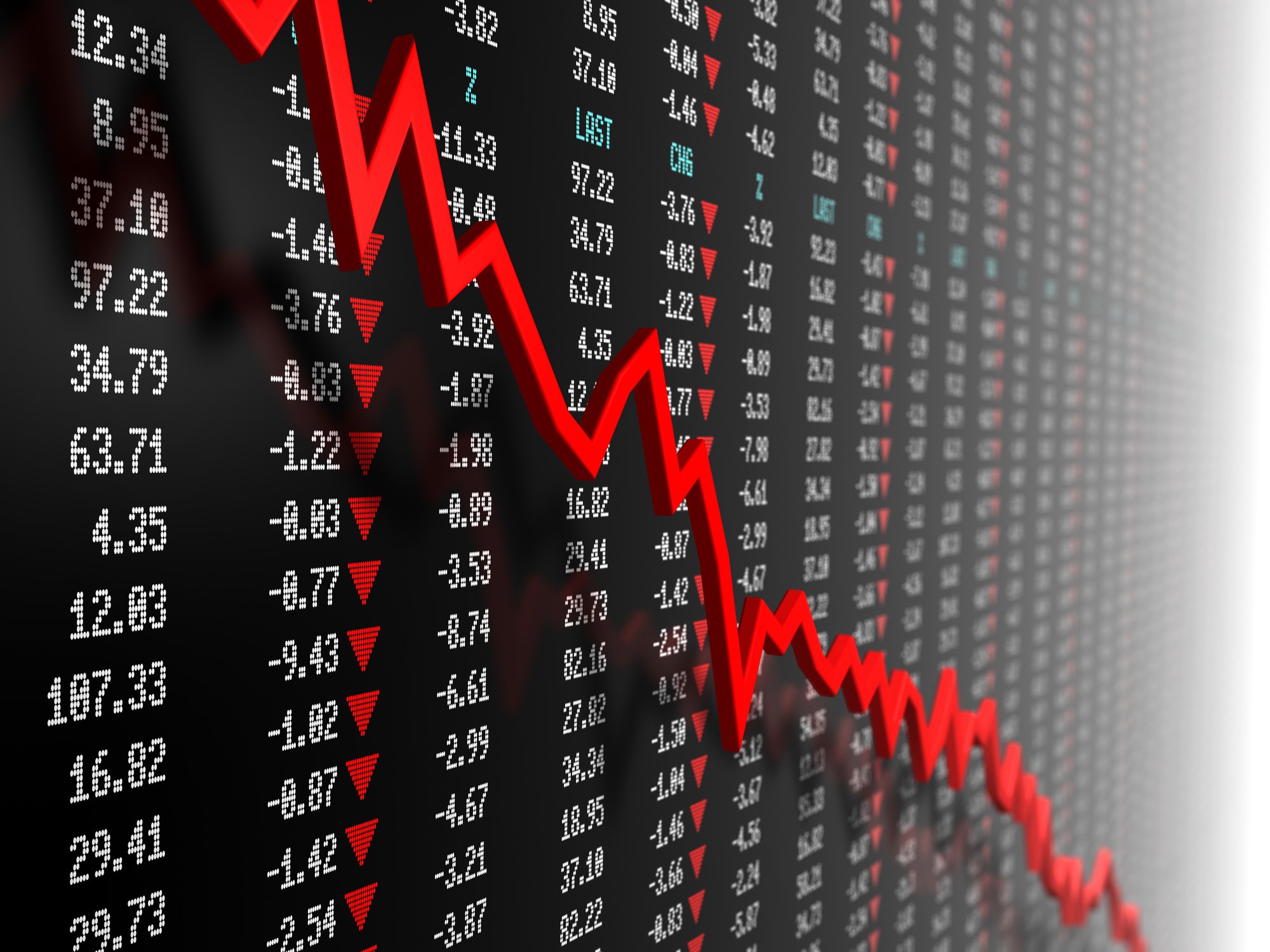Great investing often comes down to asking simple questions at the right time. Today's biggest questions about Ethereum (ETH +0.19%) are whether it can surpass the $5,000 level and, more importantly, what drivers are in play to make such a move happen. It's currently priced in the mid-$4,000s, so getting the answers right means potentially capturing some significant upside.
Strong and persistent tailwinds are already blowing. The chain just locked in a major upgrade, its exchange-traded funds (ETFs) are gathering serious assets, its staking is delivering a meaningful yield, and corporate treasuries are showing up to buy and tighten the supply.
Here's how that stack could be enough to nudge this coin over $5,000 before 2026.

Image source: Getty Images.
Durable catalysts are already in motion
Better-than-ever platform technology is underpinning Ethereum's bull run right now.
On May 7, Ethereum implemented Pectra, its latest upgrade, bundling a slate of improvements focused on usability, staking mechanics, and throughput. Pectra formalized account abstraction behavior for regular crypto wallets, which is a fancy way of saying everyday transactions are now safer and more flexible. It also raised the validator effective balance ceiling, letting larger operators consolidate and run fewer, fatter validators with less overhead, thereby effectively increasing their realized staking yield after expenses.
Another major upgrade called Fusaka is anticipated for late 2025 or early 2026. If delivered, it should further cut costs for Layer-2s (L2s) and support more activity. The takeaway here is that Ethereum is going to continue to work on scaling more efficiently to reduce congestion on the main network, hopefully cutting gas fees and transaction times even further in the process.
Capital is also showing up now, and big time. From July 2024 until the end of July of this year, U.S.-based spot Ether ETFs attracted roughly $8.7 billion of net inflows, with about half arriving in just the last two weeks of that period. There's no indication of these inflows slowing at the moment.

CRYPTO: ETH
Key Data Points
Staking is the quieter trend that's incentivizing the parking of capital on the chain. Headline staking yields for Ethereum sit in the low single digits, typically around 2% to 3% before fees. That's not about to make anyone rich, but for institutional investors looking to allocate capital, it's meaningful.
Finally, direct corporate ownership has arrived. A growing list of public companies now disclose holding Ether on their balance sheets. And unlike retail investor flows, corporate treasuries tend to be sticky once established.
This cocktail of bullish forces does not ensure that the coin's price will follow a straight line upwards. It does mean that Ethereum does not need perfection or any new major catalysts to add another 10% from here. It just needs the status quo to keep going, which looks to be happening without a hitch so far.
There aren't as many risks as before, but one important problem remains
Now, let's discuss the caveats that could stop this coin from reaching $5,000 in the near term.
Ethereum still faces fierce competition on speed and cost from faster chains, specifically Solana. Even if every upgrade closes that gap a bit, there's still a very long way for it to go before it's truly competitive. But that's more of a longer-term concern than something that would interrupt its ongoing uptrend.
Separately, ETF inflows can reverse if macro conditions become less favorable, risk appetite fades, or gas fees spike due to high network utilization and users once again decamp to cheaper venues.
For investors, the playbook here is pretty easy.
The investment thesis for buying and holding Ethereum remains that it is the settlement layer for a large slice of programmable finance via smart contracts. Pectra's delivery and the ETF bid both support that thesis rather than threatening it.
Accordingly, the coin is quite likely to reach $5,000 before 2026. Even if it doesn't, it's still more likely to be climbing than it is to be falling.
So if you believe the upgrade-plus-ETF-plus-staking loop will continue, dollar-cost averaging (DCAing) into Ether and holding it through the noise is a sensible approach. The chain's doldrums are done with for the time being, and there should be plenty of upside left in the tank here.






